Primatial Cathedral of Toledo
The Holy Cathedral Church of Toledo begins to be built in the year 1227 on the foundations of the Visigothic Cathedral of the s. VI and which in turn was used as a mosque. The …
The city of Toledo was declared a World Heritage City by Unesco in 1986 and year after year it pleasantly surprises all the visitors who come to see it every day. Below you will see a compilation of some of the monuments that you cannot miss if you want to get to know the city in depth.
The first stop on a visit to this Heritage City must undoubtedly be its cathedral, since it is probably the most representative building in the entire city. The Cathedral of Toledo is about 120 meters high and 60 meters wide. It began to be built by Master Martin but almost all of it is due to Petrus Petri. This monument has five large aisles and transepts, with a central chapel that is surrounded by a double ambulatory.
In it you can appreciate different styles since it has more than five centuries of architectural works. It combines the style of the High Altar, Renaissance, with the Mudejar style of the Arcos del Triforio, with the neoclassical exterior and with the baroque of the Sacristy, a work that cannot be missed as it is undoubtedly an architectural marvel with a great artistic treasure.
The second unavoidable visit to another symbol of this city is the Alcázar. This monument was a Roman palace during the 3rd century and it was ordered to be restored in the reign of Alfonso VI and X. In the 16th century, under the mandate of Carlos I, it was modified, creating a compact and closed building.
The Alcázar is organized around a rectangular patio that has a double level of arches, which are supported by columns that have a classical air and is complete with a sober façade, divided into three floors. The staircase is also impressive and this place was the temporary residence of the widowed queens. Currently two of its great attractions are that inside are the Library of Castilla-La Mancha and also the Army Museum.
The third stop is the Synagogue of Santa María la Mayor or la Blanca. The construction of this building dates from the 13th century, first as a synagogue, although later it was used as a church. In the middle of the 19th century it was recovered in the form of a monument and it is a place with five naves separated specifically by horseshoe arches. Its ornaments include borders as decoration that include geometric and plant elements.
The arches form polygonal elements and help to raise what constitutes the central nave, while the side naves have a lower height and come with a coffered ceiling of pair row and pair and knuckle.
In general, this set is a sample of the classic art of the Almohads put at the service of the Jews to build this place.
You cannot miss a visit to this place since it is home to the famous painting by El Greco “Burial of the Count of Orgaz”. This painting was made between the years 1586 and 1588 when he was in his artistic maturity stage.
This painting, with dimensions of 4.80 by 3.60 meters, tells the story of the Lord of Orgaz who left an inheritance for the priest, the ministers and the poor of the parish. As it was not paid for many years, the parish priest of that time commissioned this painting to remember the Count.
The next place to visit is the El Tránsito Synagogue designed by Samuel Levi. After the expulsion of the Jews in 1492, this synagogue was transformed into a Christian church and is currently a museum especially dedicated to Sephardic culture.
It is decorated with geometric and plant shapes and what stands out the most is the back wall where you can see three lobed arches where the scrolls of sacred texts were contained. This synagogue extends around a central prayer hall which is surmounted by the women’s gallery on the upper right.
Nor can a visit to Toledo be completely given without visiting the San Juan de los Reyes Monastery, chosen as the most beautiful church in all of Toledo. Construction of Juan Guas under the mandate of the Catholic Monarchs to commemorate the victory in the battle of Tor that was rebuilt in the 19th century by Arturo Melida.
Finally, its restoration was completed by the Academy of Fine Arts and the Directorate of Devastated Regions by Moreno Torres. This monument belongs to the Franciscan Order, although the church has been open for worship since the last century.
This church is located in its homonymous square and in it you can see remains of the previous mosque and its Visigothic origins. In the 15th century, the chapel of Santa Catalina was built there and it was decorated with works by truly important artists, such as an altarpiece by Berruguete.
In this place, which has clear primitive origins, you will be able to see the Visigothic treasures from its early days, as well as admire different works and pictorial treasures from different periods.
This museum is actually especially interesting because it is a building that is a museum in itself: the Church of San Román. This church with a marked Mudejar style is one of the most interesting medieval churches in this city. It is undoubtedly a great place to appreciate Visigothic art.
In the museum you can see original pieces such as architectural elements from different periods: capitals, friezes with geometric motifs, etc. and also reproductions such as copies of the well-known Guarrazar treasure and even an early Christian tomb
The next point of passage is the House-Museum of El Greco, which, despite not being the real residence of this well-known Cretan artist, does faithfully reproduce a mansion in the city dating from the 16th century.
From the furniture to the elements that make up the decoration, everything is surprising. Currently you can see the rooms that are dedicated to the Marqués de Vega-Inclán and the rooms that are dedicated to the painter where you can learn about his work and his life, as well as his influence in the city at that time. at the beginning of the seventeenth century.
It was formerly called the Bab al-Mardum Mosque and is undoubtedly one of the oldest remaining architectural monuments in all of Europe. It is undoubtedly one of the best jewels of Islamic art in Spain and in it you can find a large number of surprises, such as the discovery that it is located on top of a Roman street.
In 1182, after the Reconquest of this city, the mosque was declared a Christian temple and a clearly Mudejar-style apse was added to the building of the time, taking on the current name of “Cristo de la Cruz”.
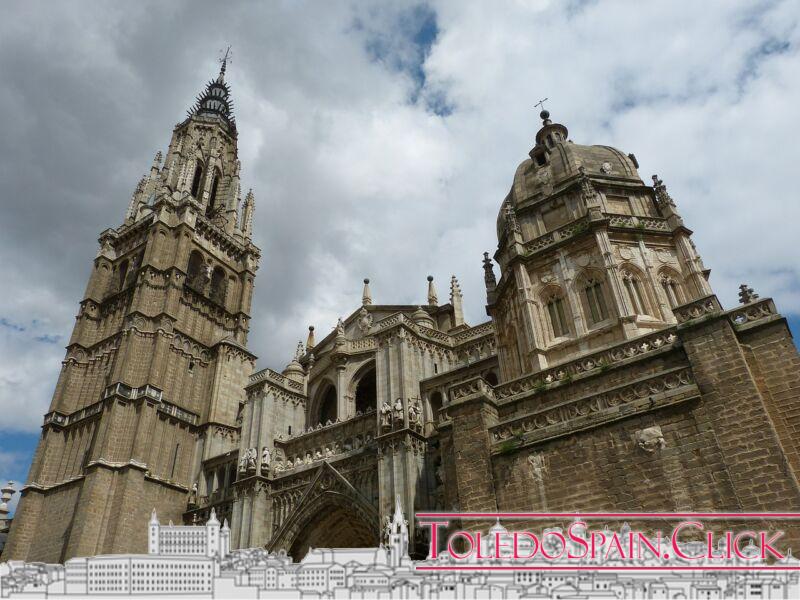
The Holy Cathedral Church of Toledo begins to be built in the year 1227 on the foundations of the Visigothic Cathedral of the s. VI and which in turn was used as a mosque. The …
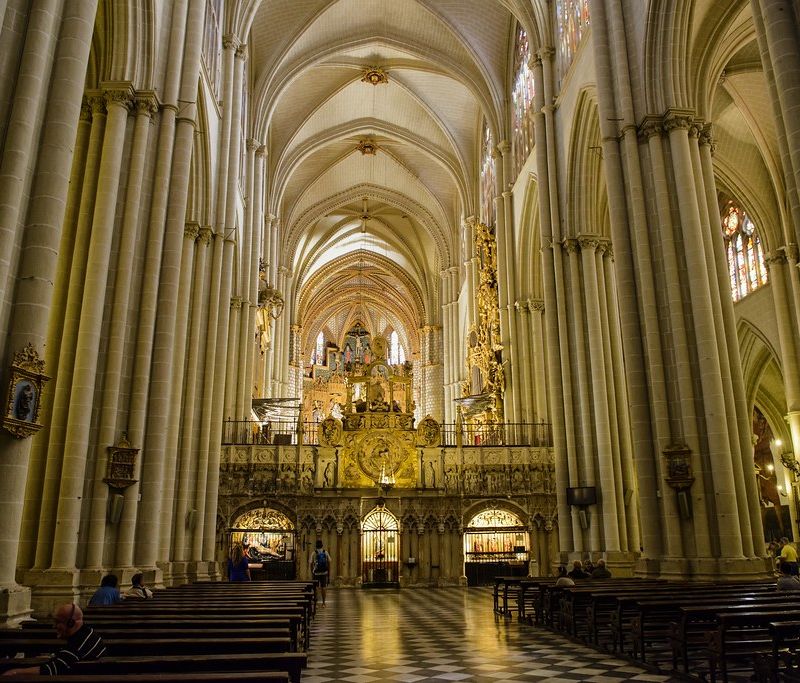
Planning a visit to Toledo? Here we share twenty-one monuments and places that we consider essential in a visit to the city. There are many others, sure, but it’s a good starting point. And in …
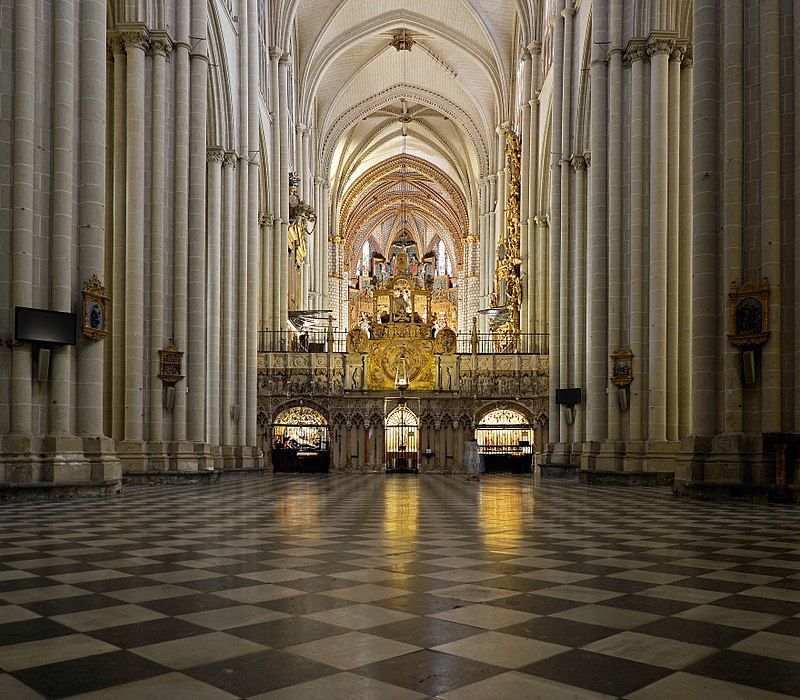
Is it possible to find all the timetables and prices of Toledo’s most famous monuments in one place? We will save you many hours of preparing your trip to Toledo by searching for timetables and …
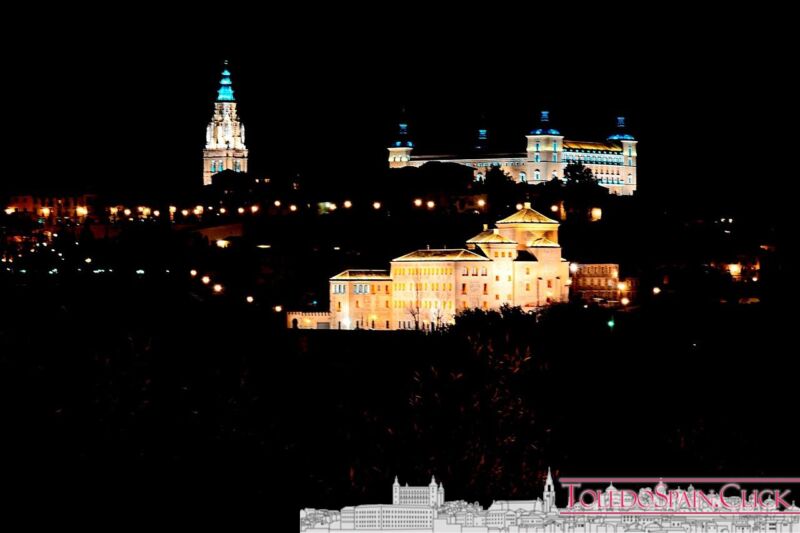
We have it complicated with today’s article, and surely there will be disparity of opinions. We are going to try to list the twelve monuments that you should not miss if you arrive in Toledo …
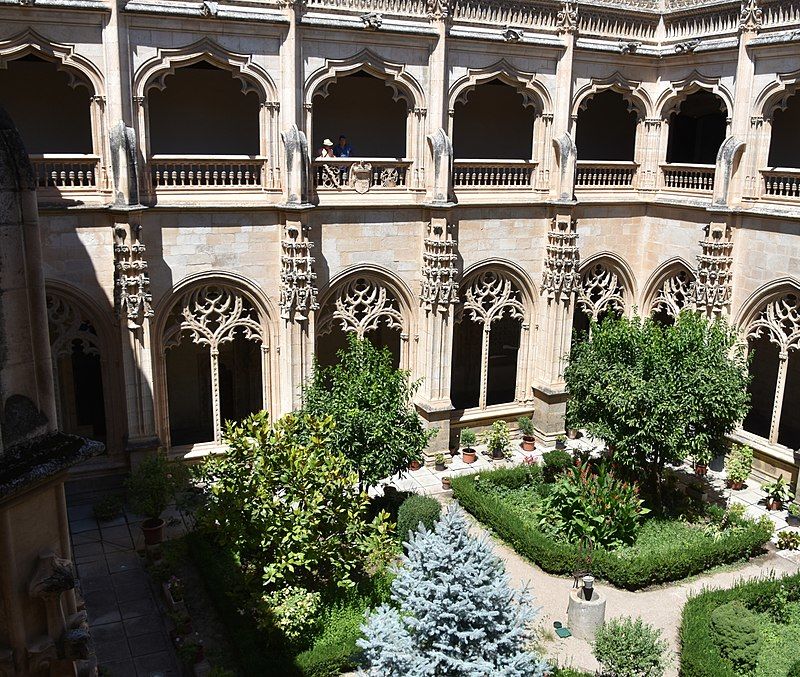
Anchored in the heart of the Jewish quarter of Toledo or Judería Mayor, the monastery of San Juan de los Reyes emerges as a slender and elegant ship. The monastery does not want to be …
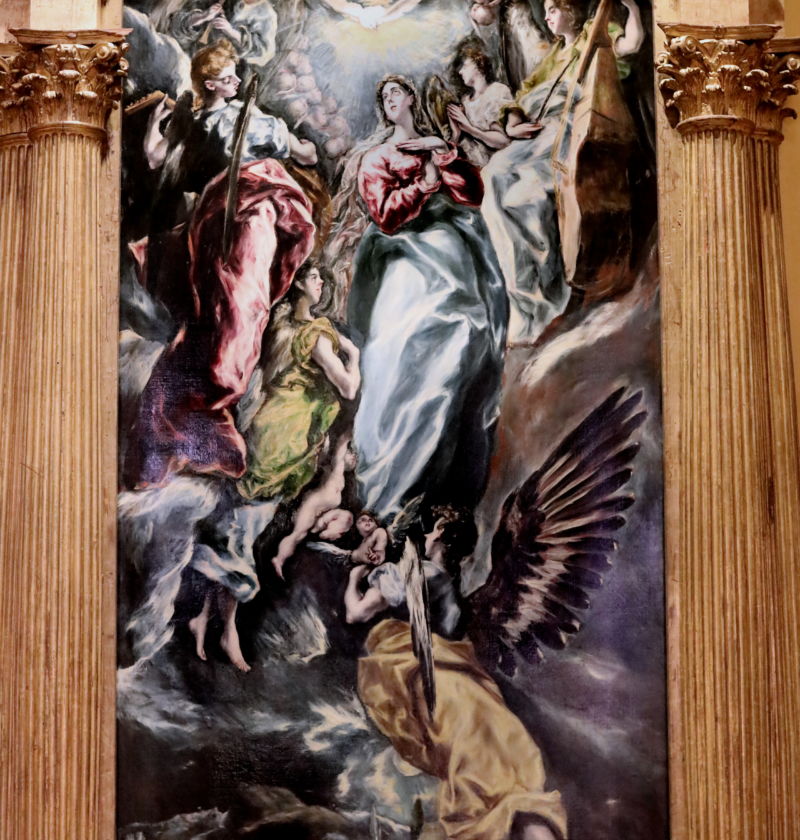
Located in the heart of the Alficén district, on the site where the convent of San Pedro de las Dueñas used to be, very close to the Plaza de Zocodover and the Alcázar, we find …
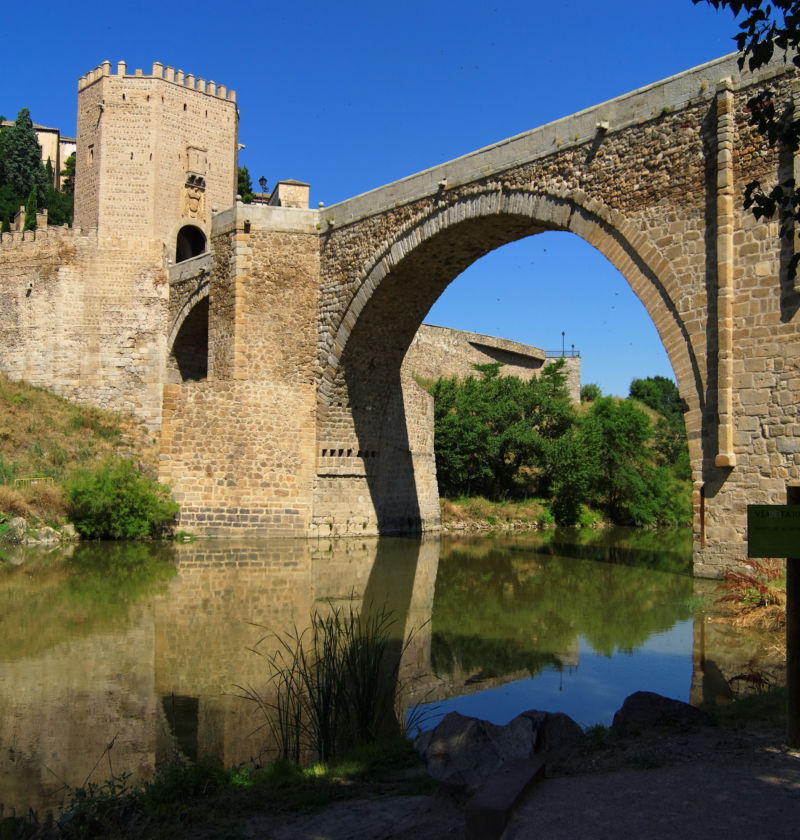
Alcantara, from Arabic (al-qantarah, “the bridge” ). Alcantara Bridge. You will agree with me that once we leave the train station on the right when we come along the Paseo de la Rosa and, suddenly, …
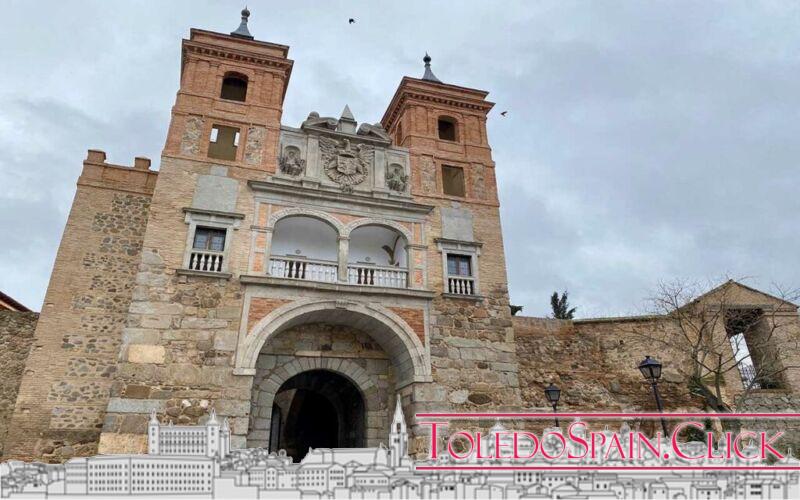
The “cambrón” is a thorny shrub that grew very close to the place occupied by this door, entrance to the old Jewish quarter of Toledo in the northwest zone. Do you want to know the …
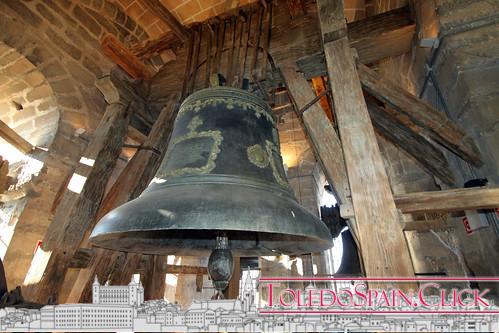
Toledo Gorda Bell 248 steps, reformed, have taken us to the Gorda Bell of the Cathedral of Toledo, taking advantage of the opening ceremony on September 6, 2011. After the “read more”, we offer photographs …
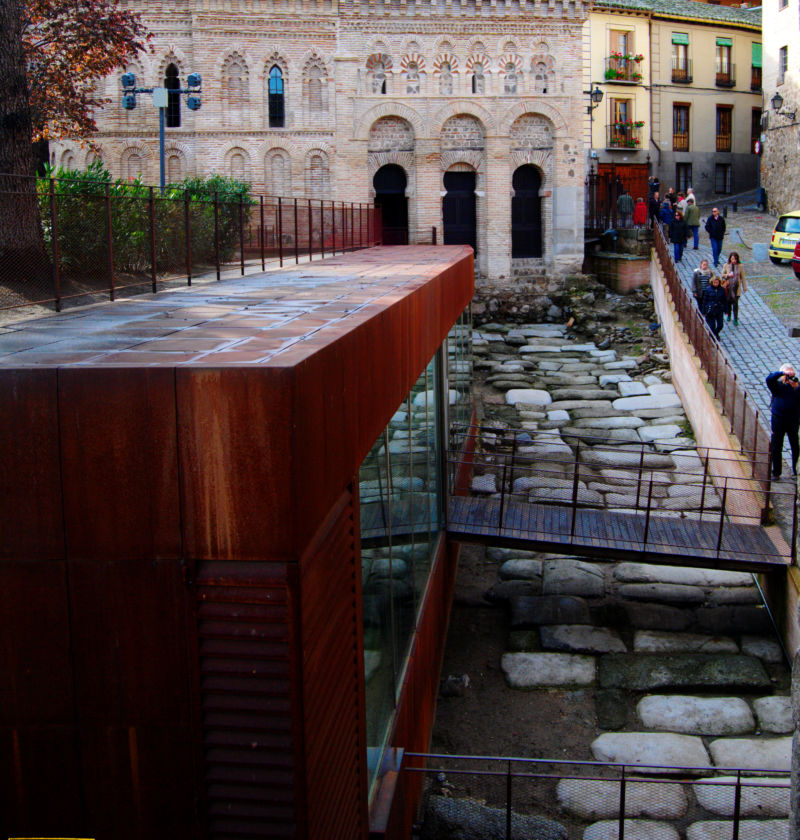
” El Cristo de la Luz”, a peculiar name for one of the oldest Muslim buildings in the city of Toledo. Built in 999, it houses one of the city’s best-known legends. Its original name …
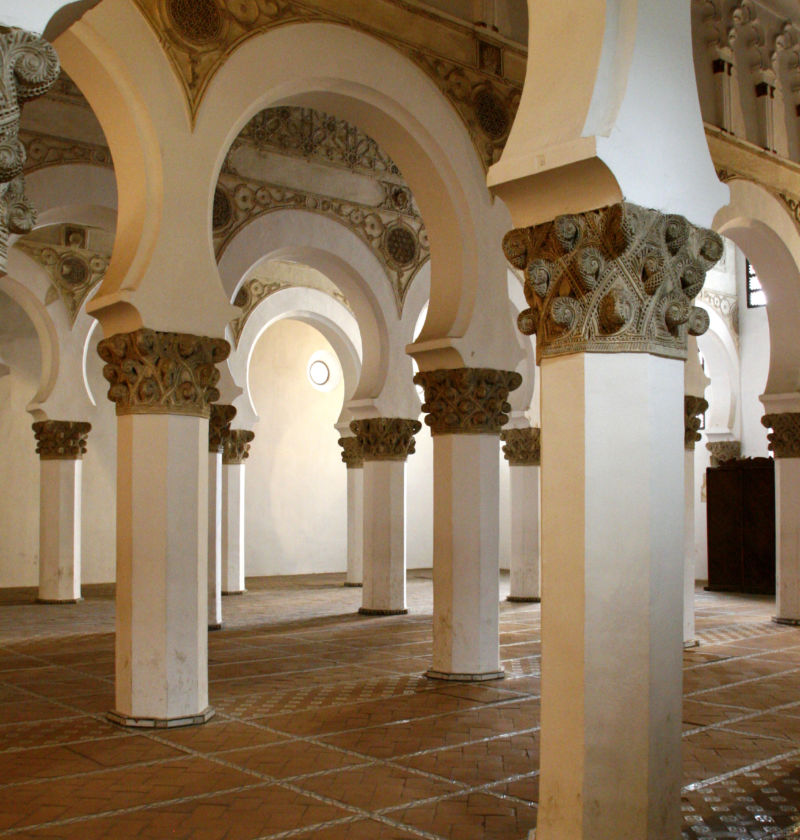
Santa María la Blanca Synagogue in Toledo “Santa María la Blanca” is not a common name for a Synagogue… Toledo has stood out for centuries for the “coexistence” of cultures that has modified on many …
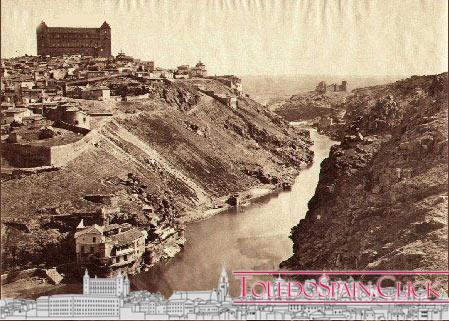
One of the most emblematic monumental buildings of the city, narrated in hundreds of stories and described since antiquity. In its long life it has suffered fires, remodeling, bombardments… Between its walls it accumulates great …